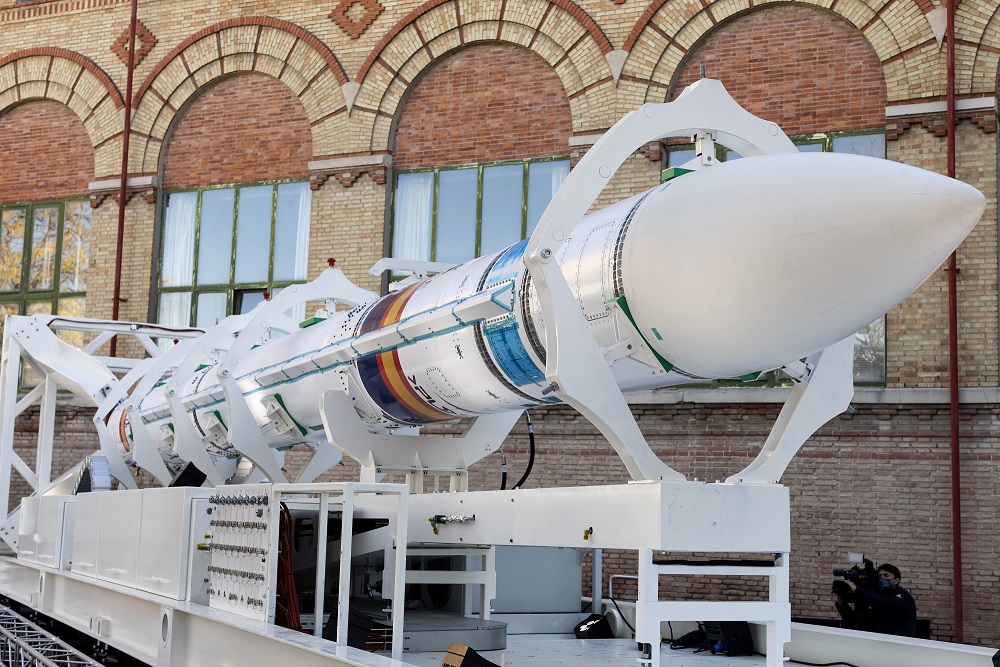WASHINGTON — Despite concerns about the viability of many new launch vehicle developers, many in the industry say those vehicles are needed as demand for launch outstrips supply.
During a panel at the SmallSat Symposium in Mountain View, California, Feb. 9, spacecraft developers and launch integrators said that, even with the predictions of “bloodletting” among small launch companies because of technical and financial challenges, new vehicles are needed to meet growing demand.
“There are not enough launch companies. There are not enough launch vehicles available to fill that demand,” said Tom Choi, chief executive of Saturn Satellite Networks, a company developing a network of small geostationary satellites.
He said he based that conclusion on projections that the size of the low Earth orbit satellite industry would grow by a factor of 10 in the next decade, to $30 to 50 billion. “I would highly encourage people who are thinking about launch vehicles or people who are already making launch systems to continue to develop their systems,” he said. Those vehicles don’t need to be large, he added, suggesting those with capacities as small as 500 kilograms would be sufficient.
Companies that arrange launch services for smallsats agreed. “A healthy launch industry is super important and that means a diversification of launch opportunities,” said Curt Blake, the outgoing chief executive of Spaceflight. “Right now it’s a little bit thin. It would be very good to have a lot of folks out there.”
He said Spaceflight has worked with new launch vehicle providers to help them out through mechanisms like letters of intent. “We can definitively do with more opportunities for launch. We have more demand than we have supply.”
“Launch is constrained,” said John Conafay, co-founder and chief executive of Integrate Space, a startup developing mission management software systems. Growing demand can’t be met by large rockets or a single provider alone, he argued. “We need diversity, just like any market, to thrive.”
The comments came two days after another panel at the conference where companies in the small launch business predicted a shakeout caused in part by price pressure from SpaceX rideshare launch services that kept other companies from making money. “I think we’re at the beginning of the bloodletting of aspirational launch companies,” predicted Adam Spice, chief financial officer of Rocket Lab.
The one small launch vehicle developer on this panel was relieved by the comments calling for more launch services. “I’m happy to hear that,” quipped Raúl Verdú, chief business development officer of PLD Space, a Spanish launch vehicle developer. “My investors will be super happy.”
He said PLD Space was six to eight weeks away from the first launch of Miura 1, a suborbital demonstrator. The company was working to close a new “big” investment round while preparing to sign the first binding contracts for launching satellites with its Miura 5 small launch vehicle.
PLD Space, he acknowledged, won’t be the first European company to develop a small launch vehicle, with several others preparing for first launches as soon as later this year. “For us, it’s not super important to be the first one in Europe to launch a rocket into space,” he said. “Our vision is to have the best success rate in the next decade, because that will make the difference.”
“We don’t want to be a low-cost company,” Verdú added. “If you fly with PLD Space, you fly with a premium company, because we are investing a lot in product assurance.”
Success, he said, involves finding the right niche in the market. “We complement the environment,” he said. “PLD Space is a small company today. Our ambition is high, but we need to go step by step.”
